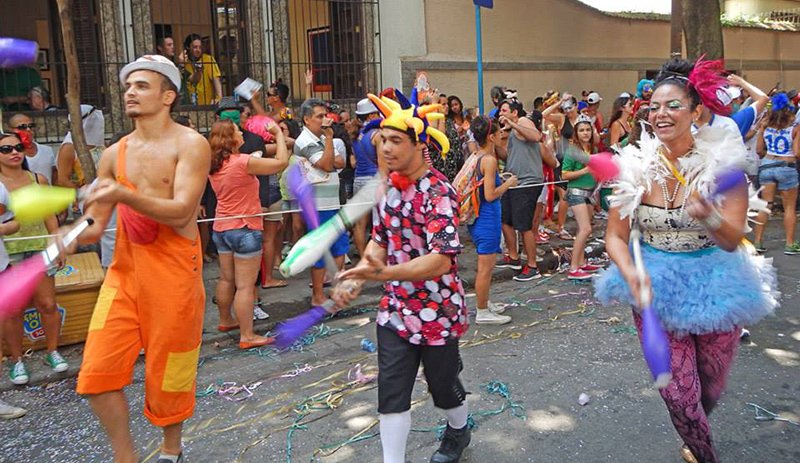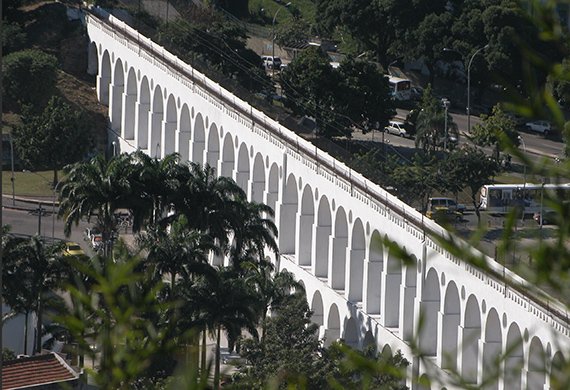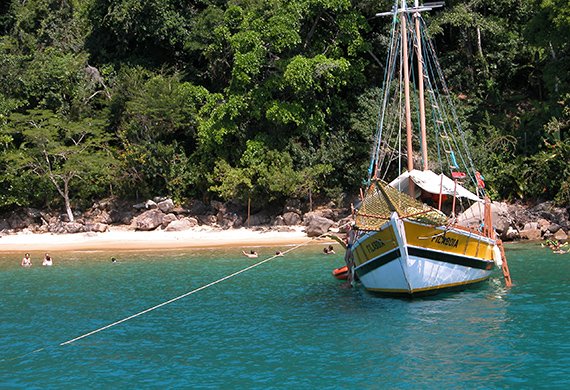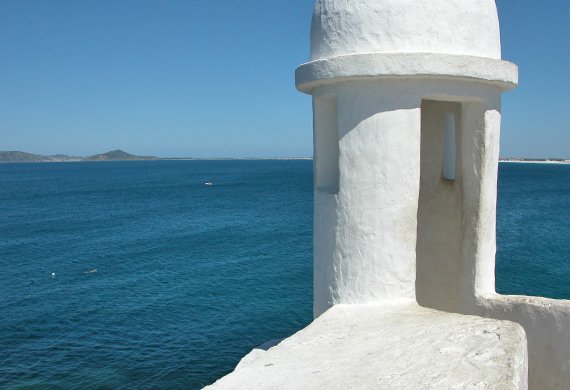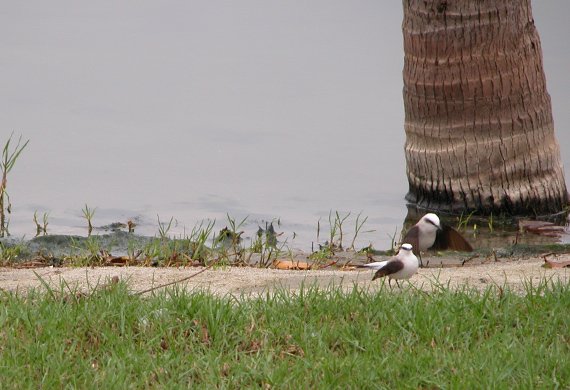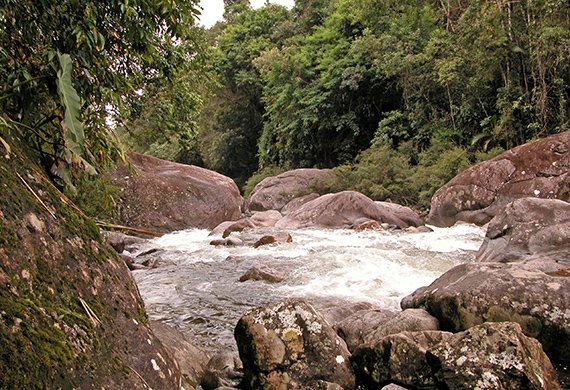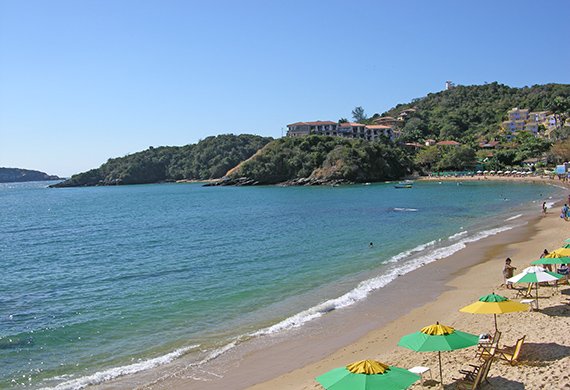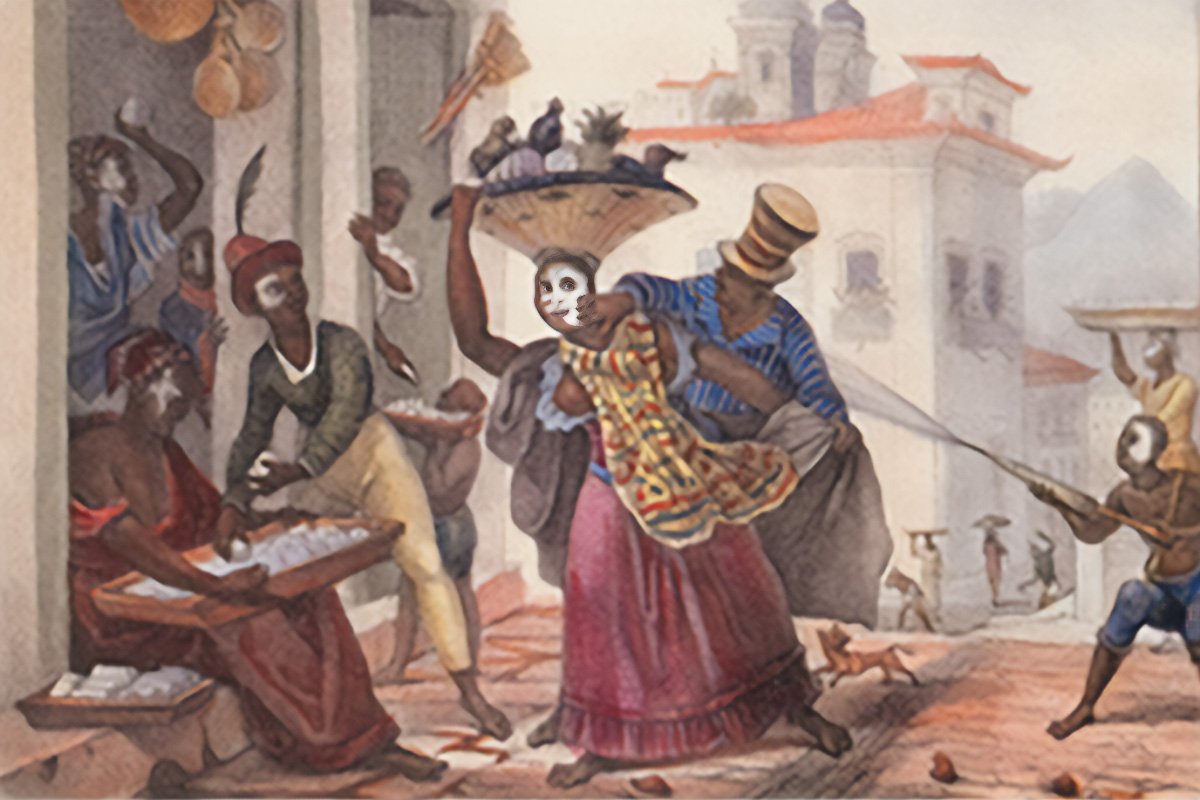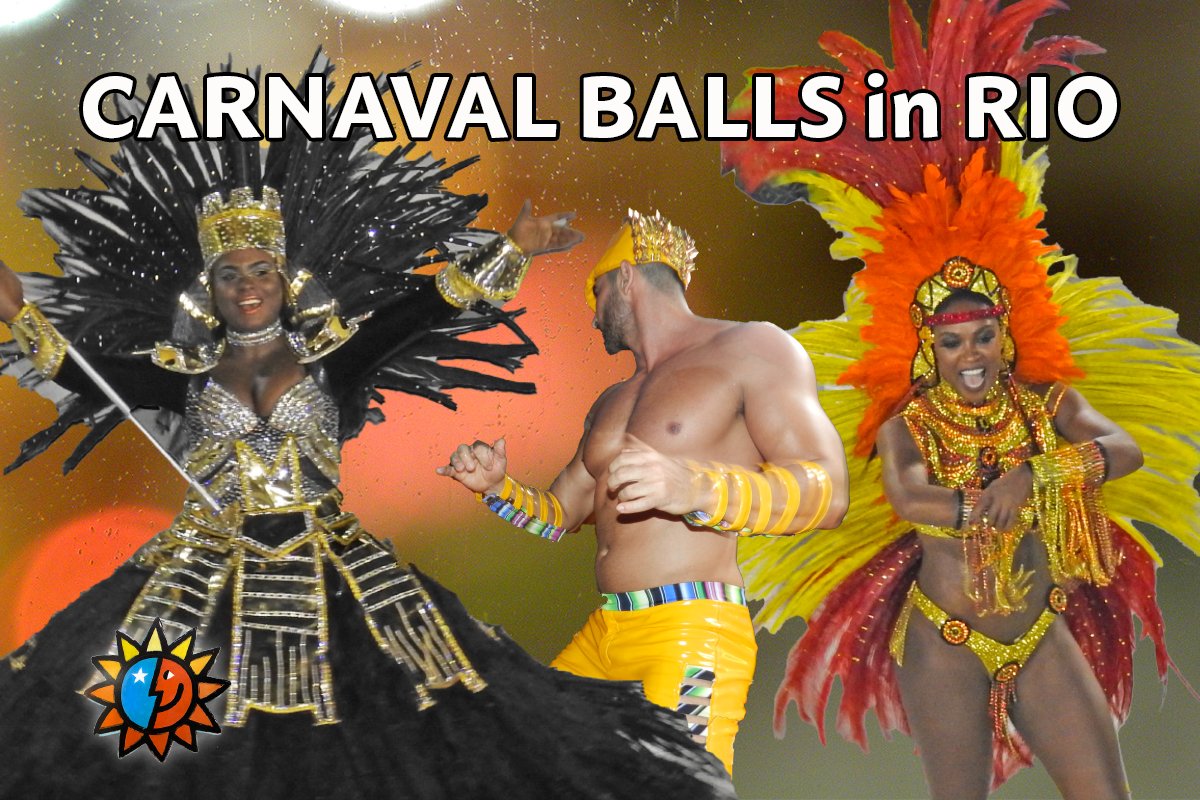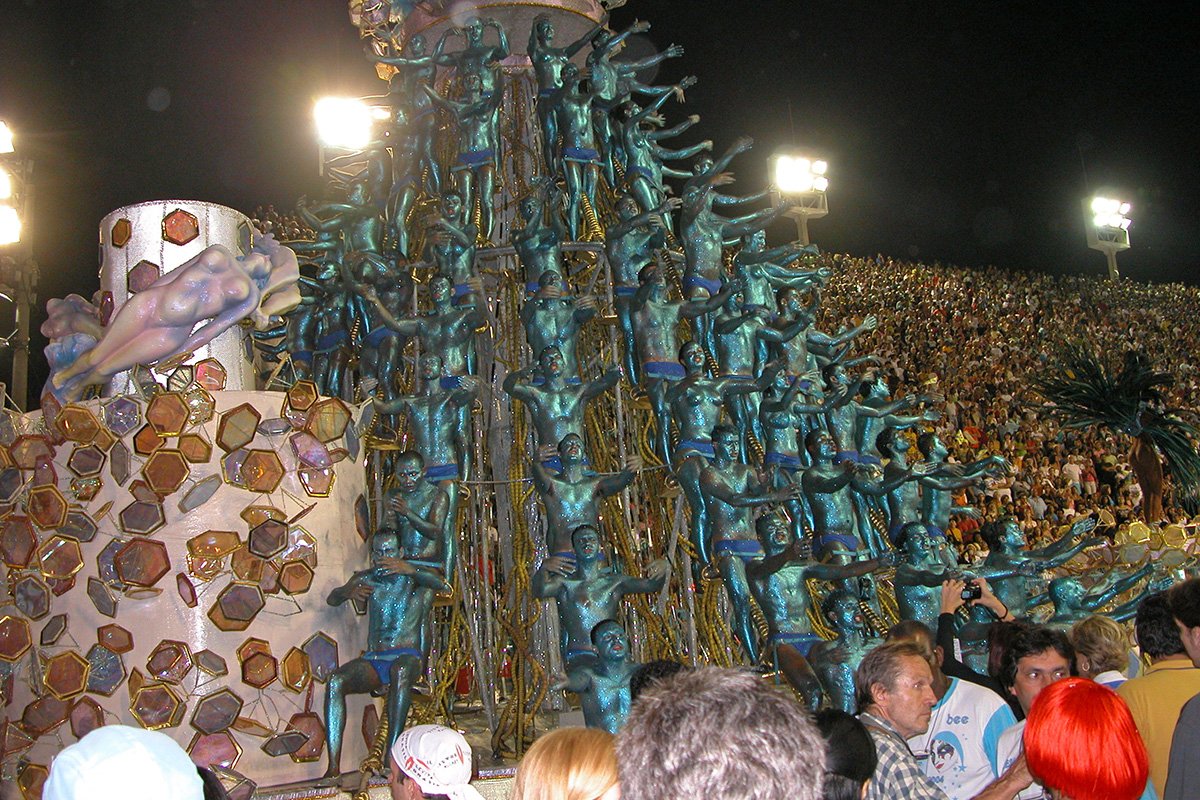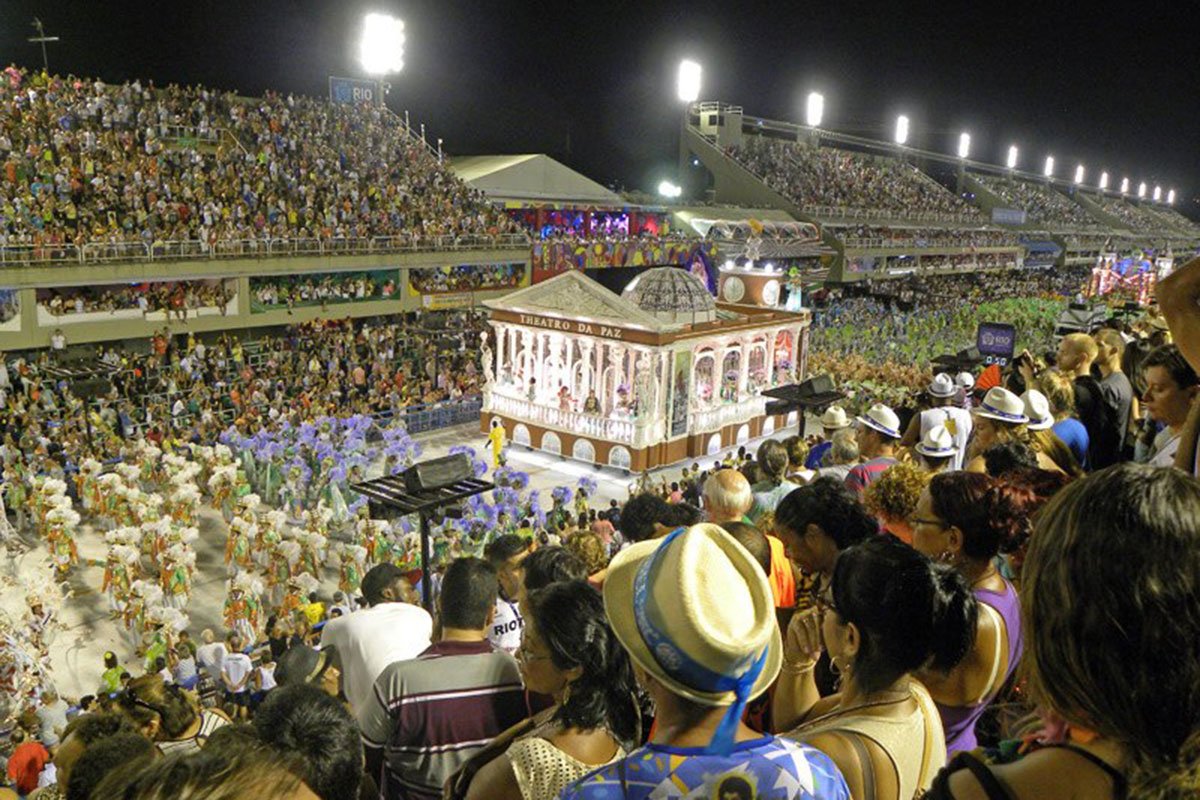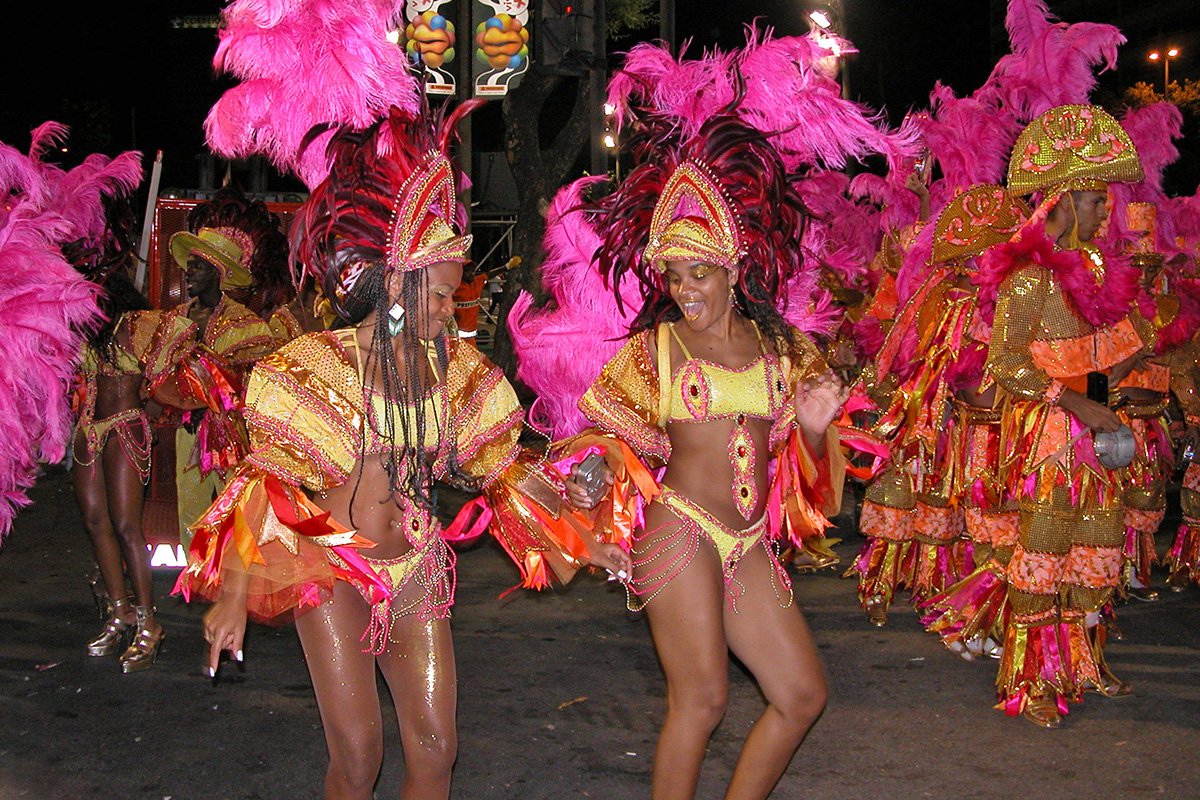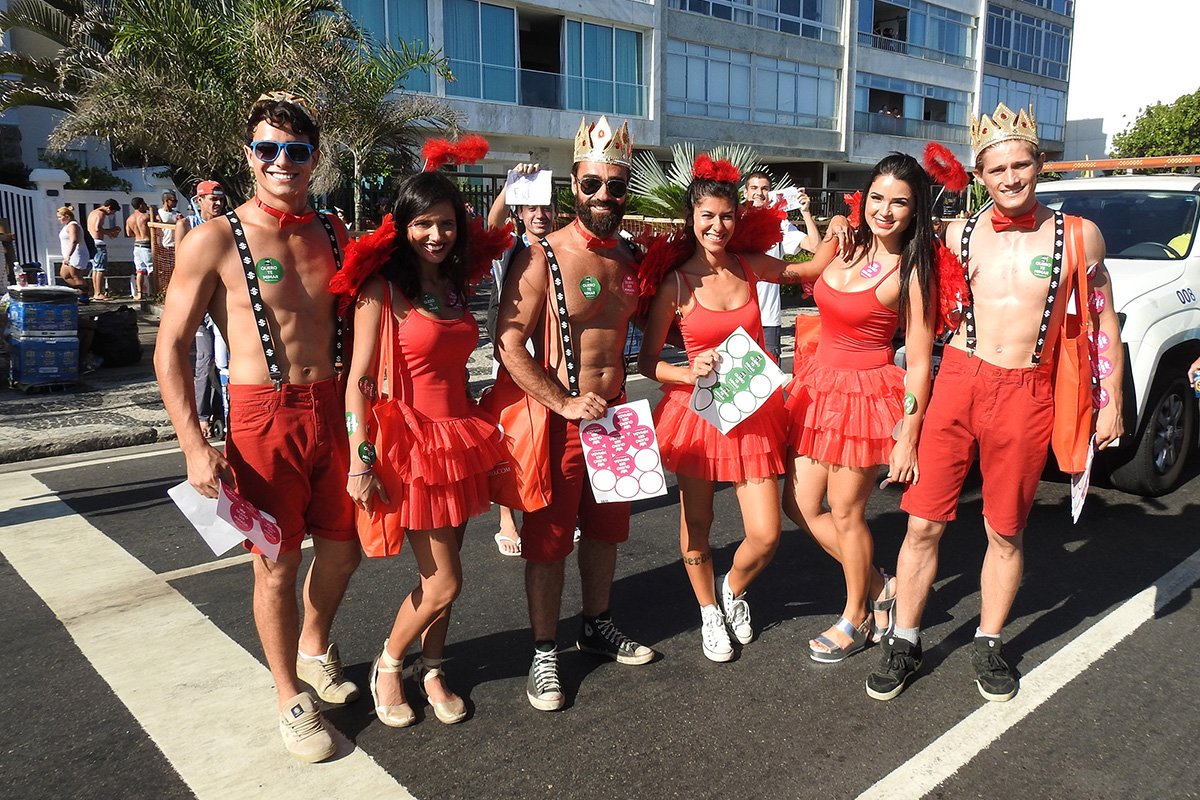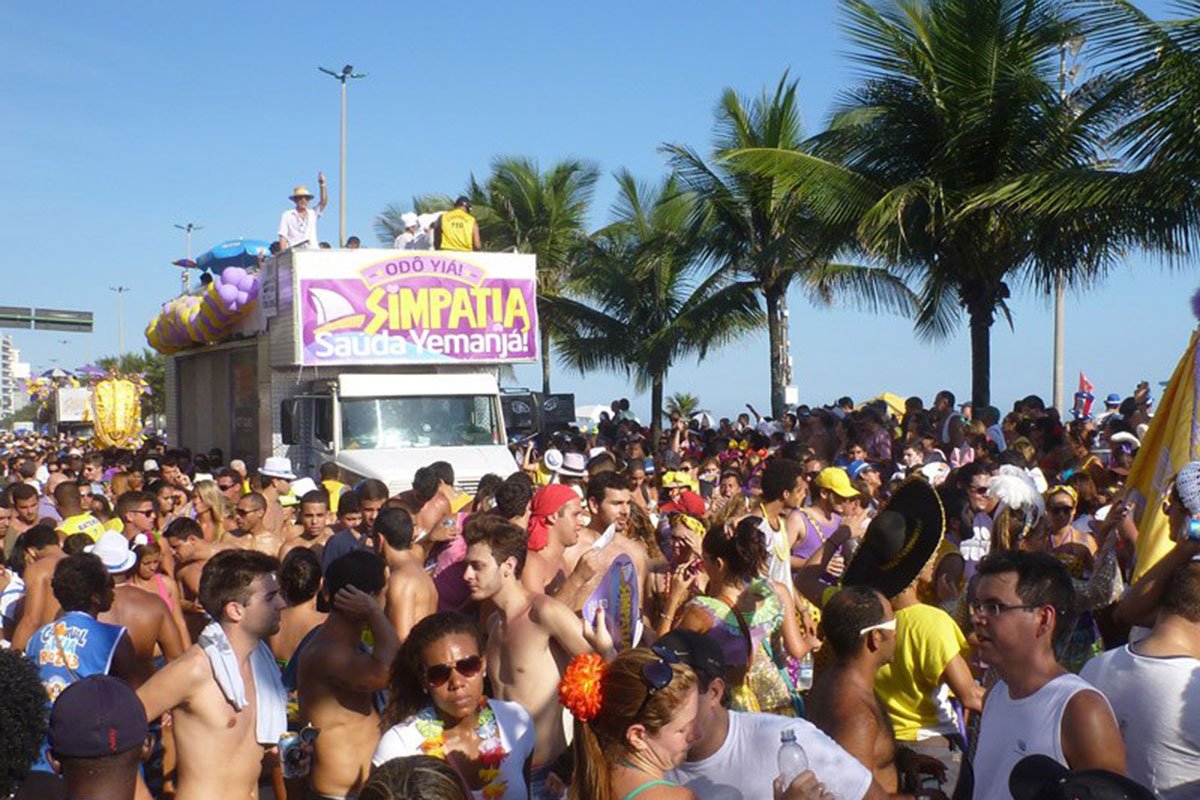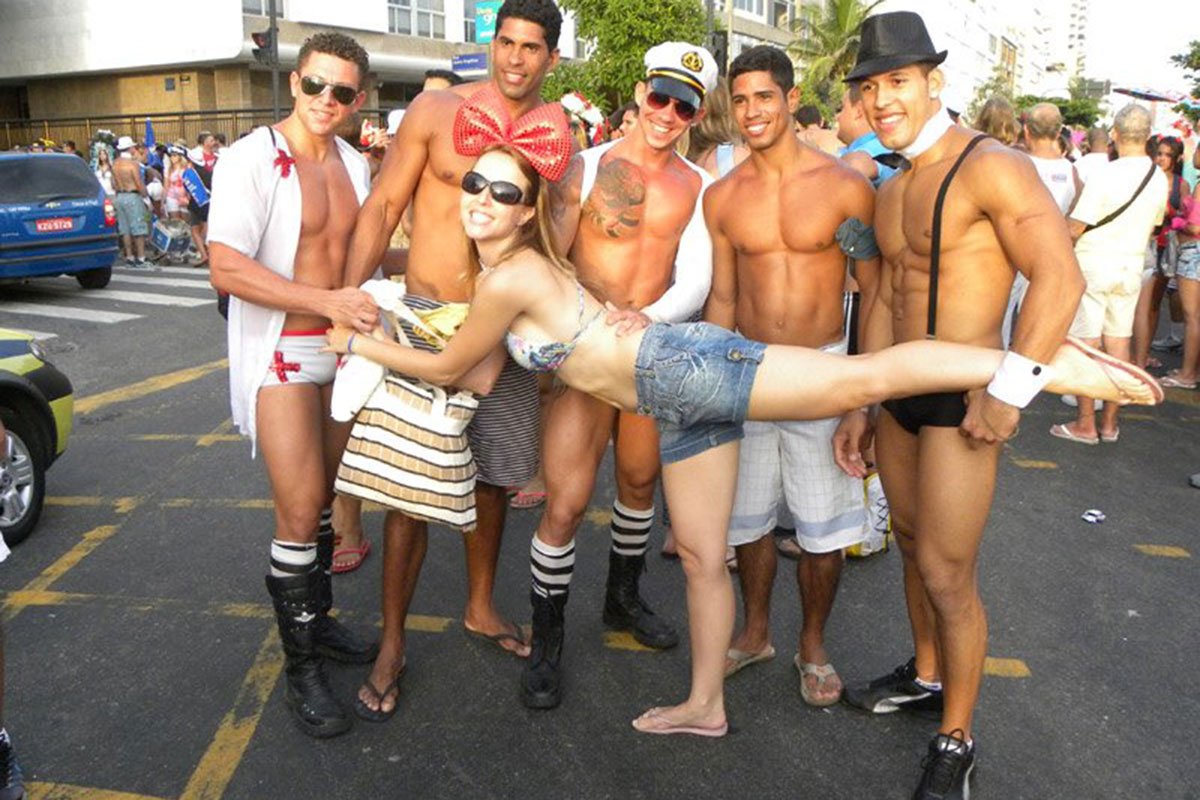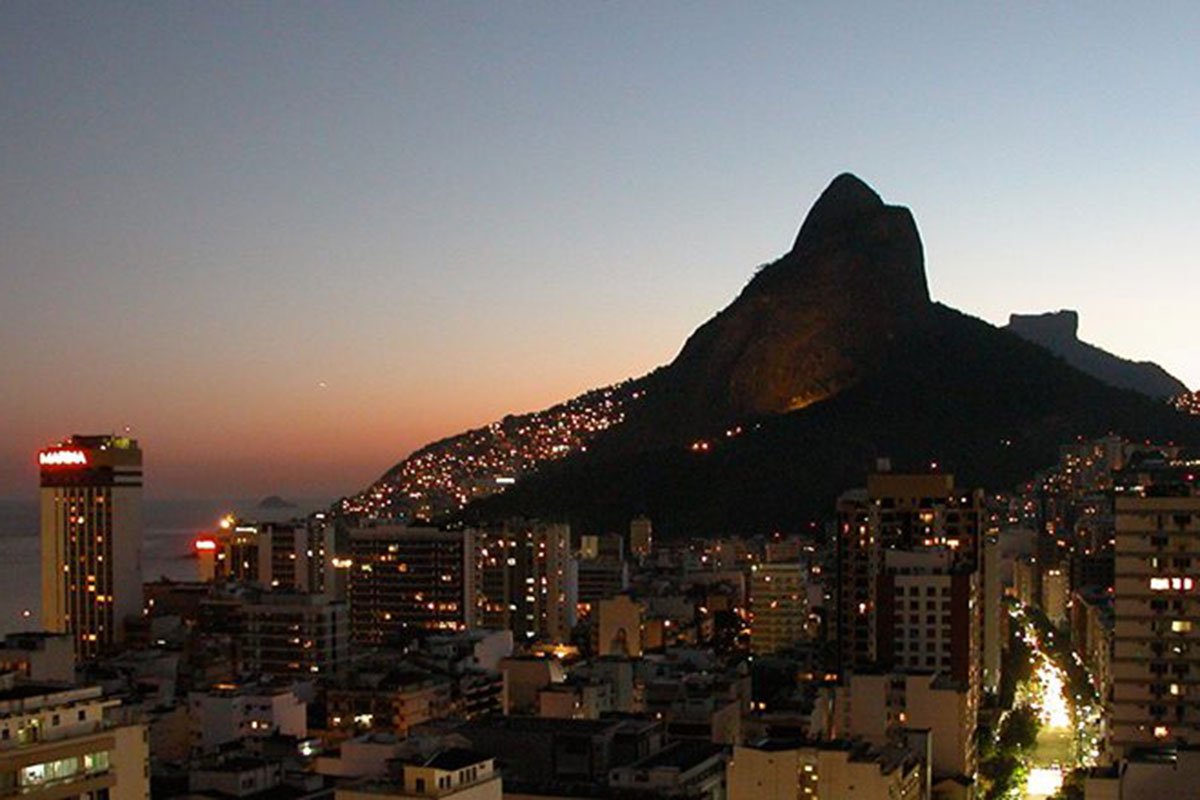
History of Carnaval in Rio
The first records of Carnival festivities in Rio de Janeiro date back to 1723. Immigrants from the Portuguese islands of Azores, Madeira, and Cabo Verde introduced the Entrudo in Brazil. The idea was basically getting everybody soaked wet. People would go out in the streets with buckets of water, flour, and limes, and anyone could be a potential victim.
There is a curious record of a woman arrested in 1855 for throwing a water lime at Dom Pedro I's escorts. As a young boy he was also allegedly reprimanded once for squirting the wrong person. Authorities frowned upon the lack of restraints on Entrudo fun, and eventually, it was outlawed. People got carried away, including children, who played pranks on their parents.
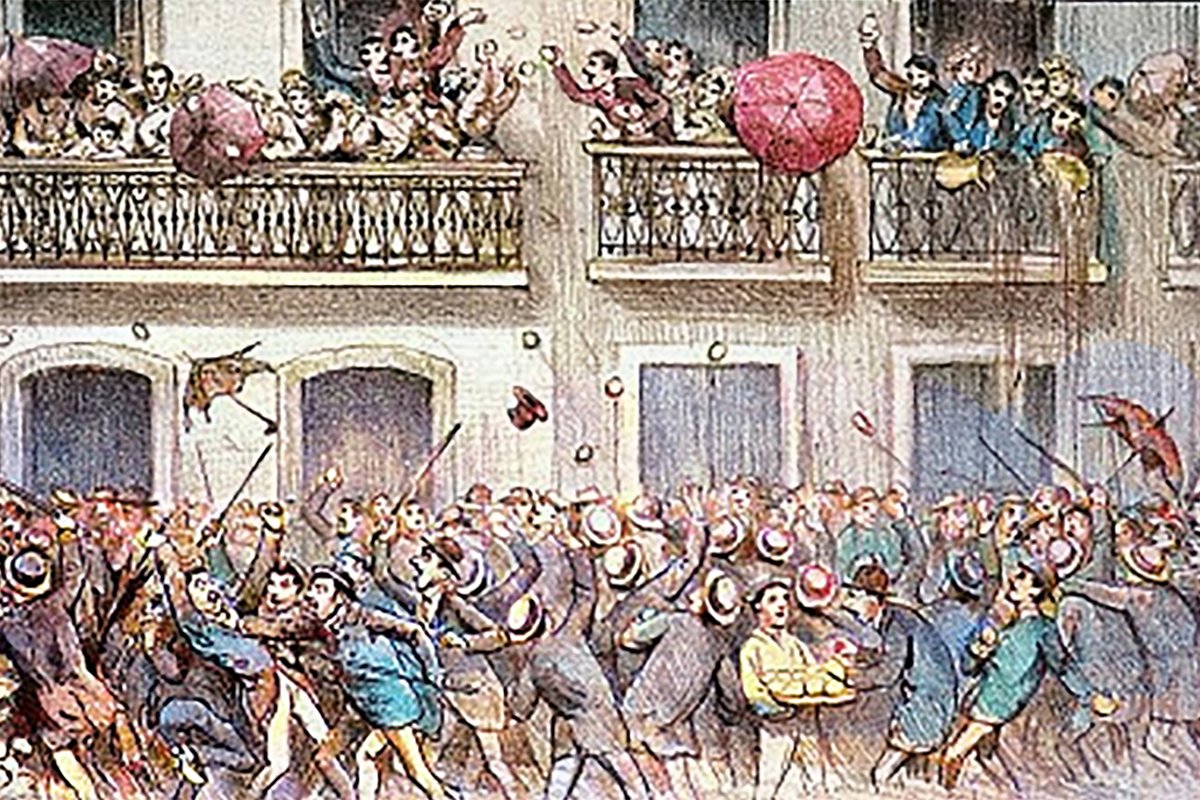
This kind of celebration was forbidden when they soaked wet prominent French architect Grandjean de Montigny who he died of pneumonia two weeks later. He had arrived together with the Royal Portuguese family fleeing from Napoleon, with a group of scholars and artists that is generally referred to as ‘The French Mission’. His legacy still stands at Casa França-Brasil in Centro, and his former house at PUC-RIO, in Gávea.
One way or another, the Entrudo spirit survived until the late twentieth century. Boomers like me played as children with confetti battles and lemon-shaped water squirts.
Carnaval in the XIX Century
Zé Pereira was a contribution of a Portuguese shoemaker named José Nogueira de Azevedo, in the mid-XIX century. On Carnival Mondays he would march in the streets with his friends, playing drums, tambourines, pans, and whistles. Everyone was welcome to join the fun.
Cordão Carnavalesco is a concept that got its start in 1870. There were characters like queens, kings, witches, peasants, and dancers, and they performed according to the costumes that they were wearing.
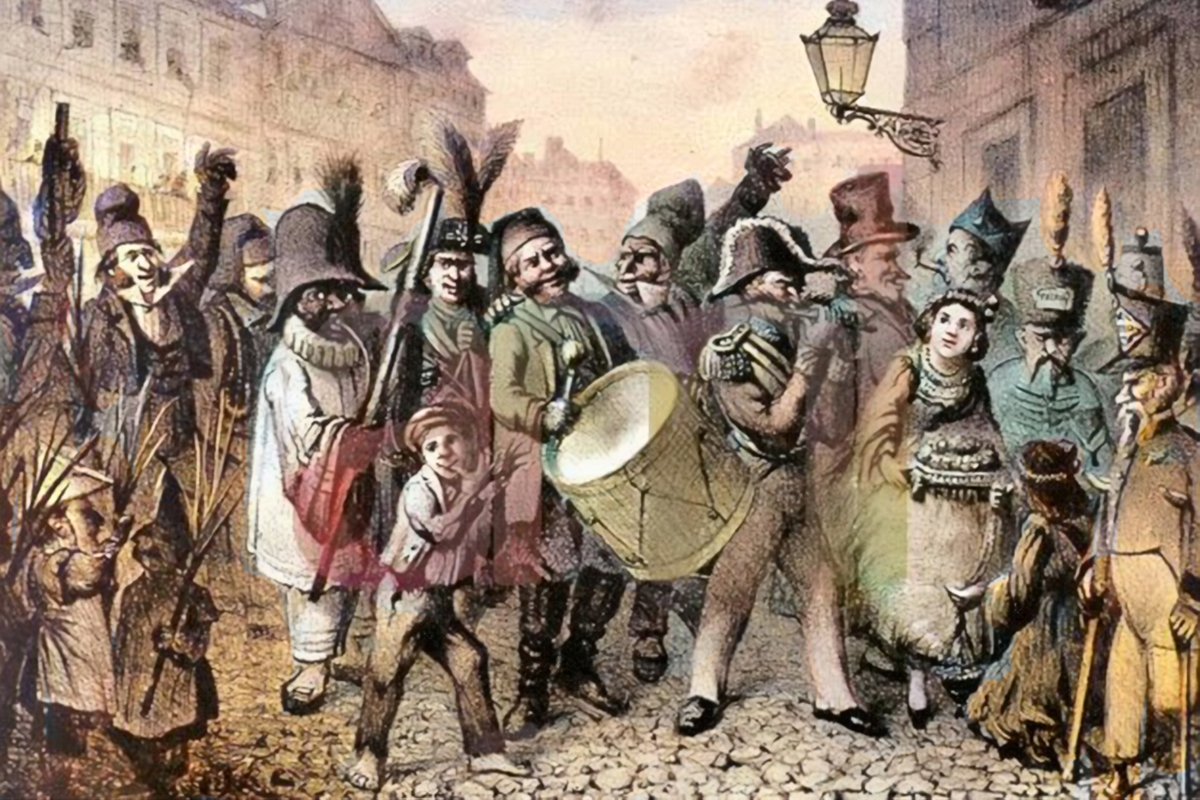
There were also the Cordões de Velhos, where participants would wear huge papier-mâché masks and walk in an old man's gait. Ranchos Carnavalescos are a contribution of an immigrant from Bahia named Hilário Jovino da Silva.
They started in 1872 as a working-class festivity. People would dress up in costumes and perform at the parade accompanied by an orchestra of strings, ganzás, flutes, and other instruments. They were more organized than the Cordões and gained popularity around 1911. Street Carnaval was already a part of the city culture.

With the sponsorship of the brewery Hanseática, the Ranchos started organizing competitions. They became one of the main attractions of Rio de Janeiro Carnival, together with the Great Societies. The parade included a first wing (abre-alas), an orchestra, a male and female choir, and a couple of porta-bandeira and mestre-sala.
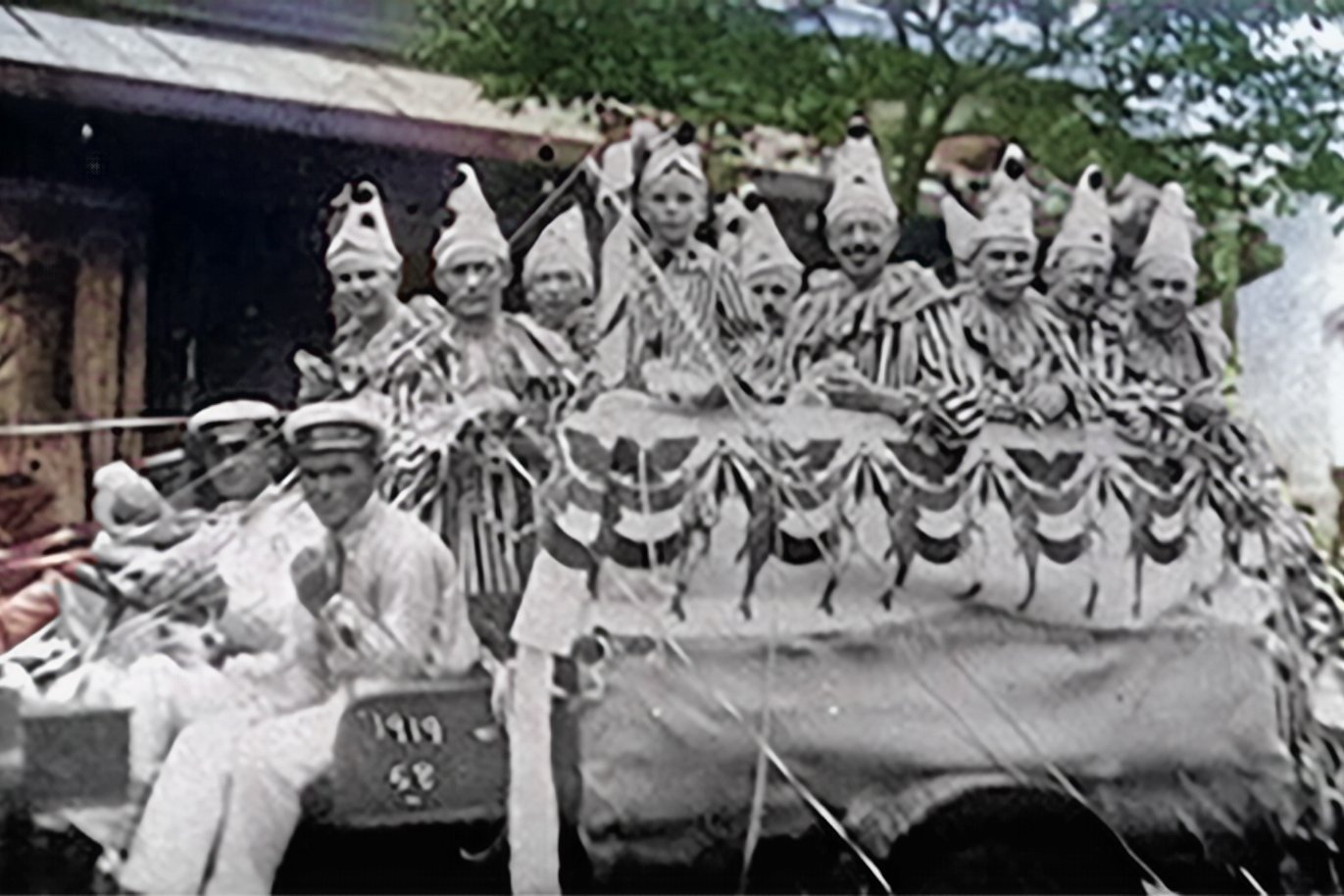
Corso Carnavalesco was a novelty introduced in 1907 with a parade of cars along Av. Rio Branco (then named Av. Central). They were the granddaddies of today's sophisticated floats. Revelers brought along streamers and paper confetti. Plus lança-perfume, a spray of highly inflammable cologne water that would give you a sort of a buzz. Enough to make some people pass out - eventually, it was outlawed.
In the 1930s this celebration became so popular that almost all car owners in the city participated! The parade started on Sunday in Botafogo and went all the way to Av. Central. This photo is attributed to Augusto Malta.
Rio, Birthplace of Samba
(Tia Ciata on the left) It all started at the end of the XIX Century in what was then known as Little Africa (Pequena África), the residence of the tias baianas. These were ladies from Bahia who made a living selling food delicacies around town. They wore typical white dresses with big round skirts.
They were also the priestesses of Candomblé, and had a great influence in the community. Tia Ciata may have been the most famous of these tias. Born Hilaria Batista de Almeida in the region of Bahia known as Recôncavo Baiano around 1854, she first lived near Campo de Santana.

The address that entered history was Rua Visconde de Itaúna, 177. In her living room, meetings featured live music played by talents like Pixinguinha and Donga (son of Tia Amelia). At the back lot of her house happened the samba, a term then used to denominate the ritual Candomblé dance to drums and handclaps.
Eventually, the two beats got together. ‘Pelo Telefone’, the first song labeled as a samba, was composed in her house. Another song that made samba history is Noel Rosa's ‘Com que Roupa?’, which had a broader range of instruments and is still popular.
Blocos de Sujos & Blocos de Baianas
The cordões evolved into blocos de sujos, where everyone could join in plain clothes, and blocos de baianas. A curious detail was that these baianas were actually men dressed in white colonial attire, acting as security to the blocos. There was a percussion band and vocalist, with a women-only chorus of pastoras.
The peak of these blocos was in the 1930s and 1940s. Cacique de Ramos and Bafo da Onça are two of the most well-known. Blocos still happen in Centro, and some attract as many as one million revelers. Carnaval in the streets of Rio has always been free of charge.
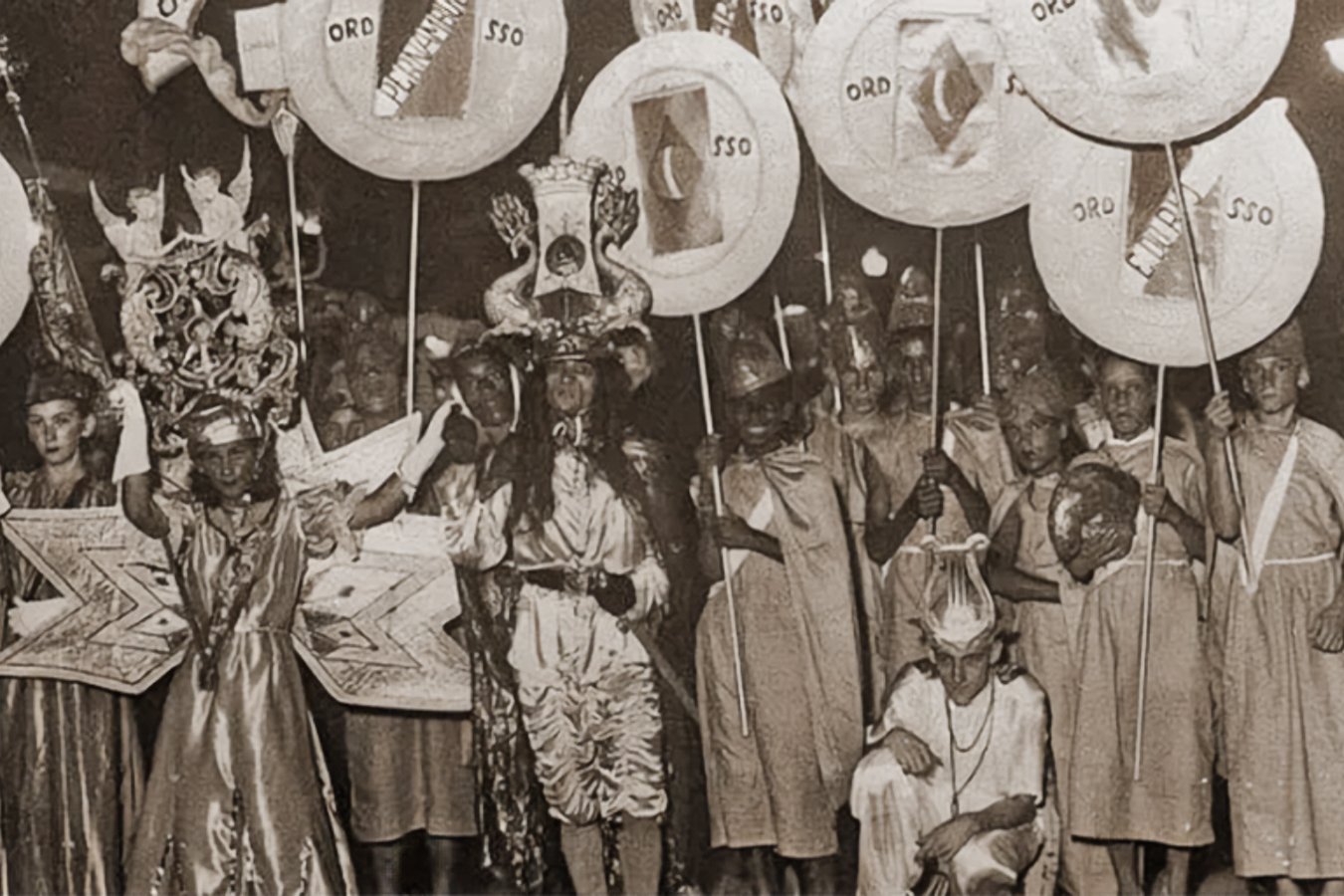
Escolas de Samba
At the end of the 1920s, some organizers of blocos felt the need to evolve and found inspiration in the ranchos which were somewhat more organized. The term ‘escola de samba’ (samba school) is credited to Ismael Silva, from Estácio.
The samba gained more fluidity to adapt to the evolution of the samba school. Mangueira, founded in 1928, is the first samba school. The nickname Estação Primeira is because it is right at the first stop after the train station Central do Brasil. Mangueira is one of the most beloved samba schools in Rio. The official colors are green and pink.
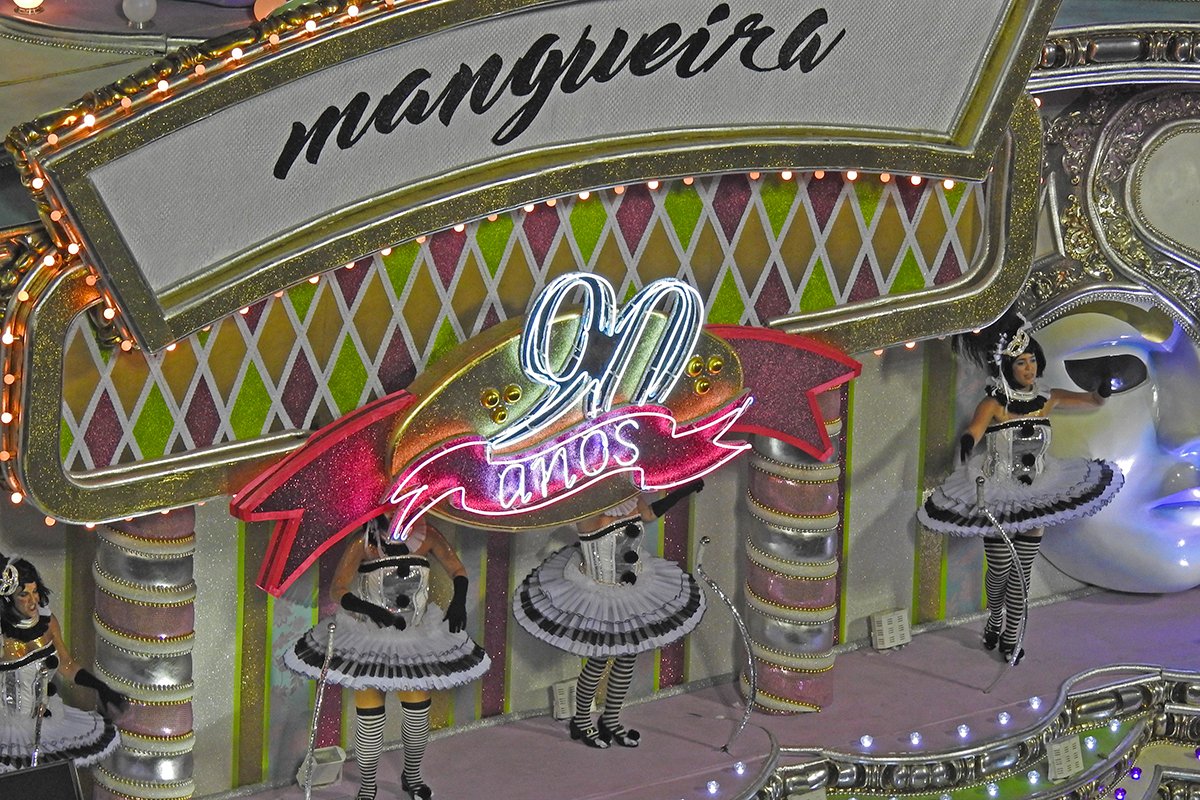
In the '40s and '50s, samba schools consolidate their evolution cycle with a theme, a theme song, costumes, and floats. In 1959 Nelson de Andrade, then president of Salgueiro invited artists Dirceu and Maria Louise Nery to design their parade featuring painter Debret as the theme.
This initiative brought a whole new concept of design that would result in present-day carnavalescos. In the 60s and 70s samba started to gain prestige with the middle and upper middle class. Yet, during Carnaval, you also hear marchinhas, frevos, and even popular songs adapted to the event.
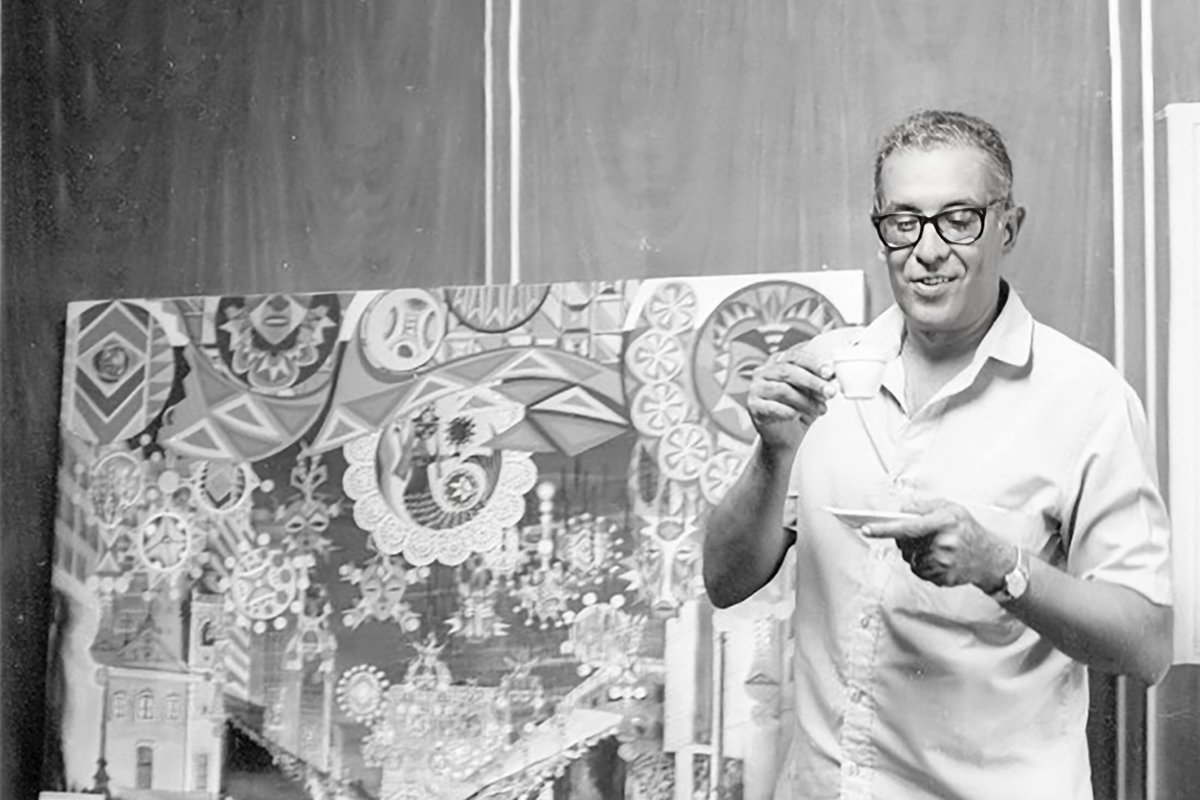
The Samba Parade started to become more popular, and in 1971 for the first time, there was a time limit set for the parade of each samba school. Songs gained a faster beat, and in 1972 the first album with the theme songs of samba schools was released.
Contemporary Escolas de Samba are much more complex, with many wings and floats. Learn in detail at All About the Samba Parade. More tips about Carnaval history at Carnaval Balls, Banda de Ipanema, and Meet the Sambodrome. Check out the Carnaval Dates, and put it all together with our Carnaval Party Planner.


